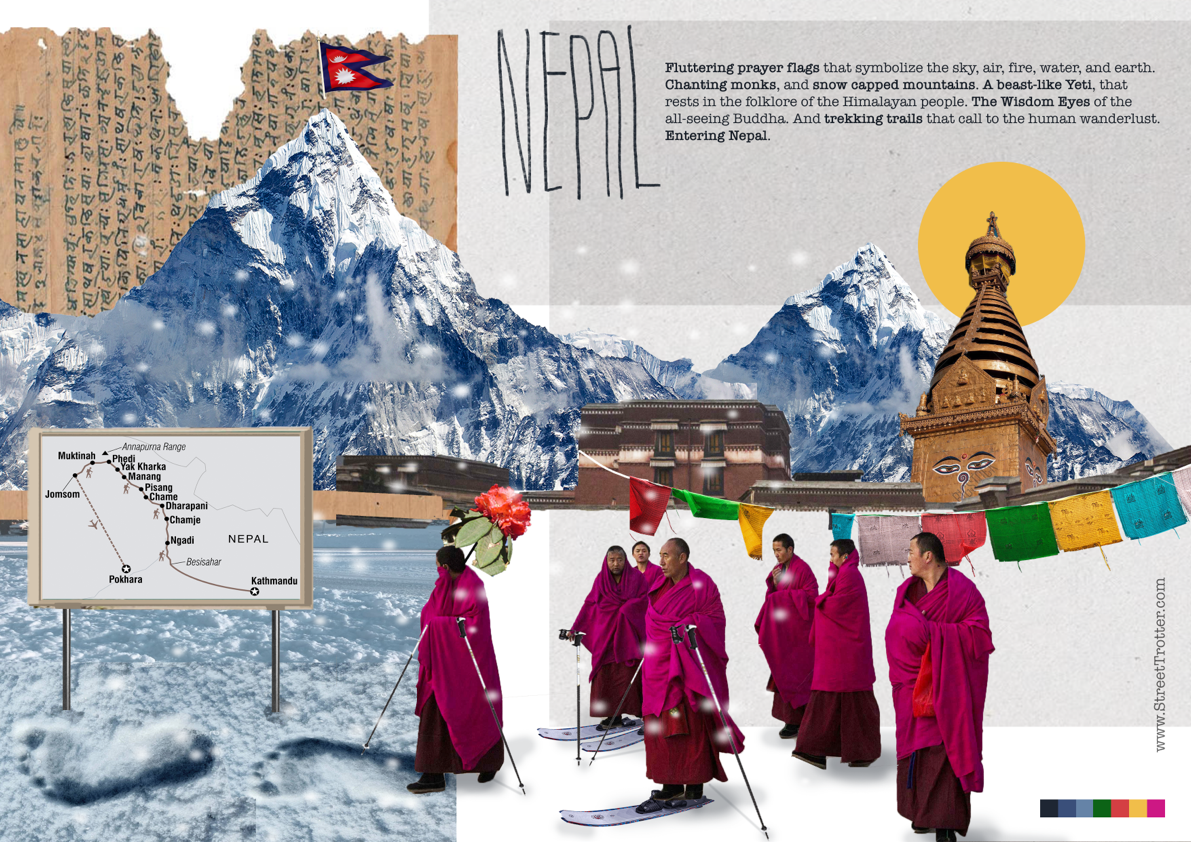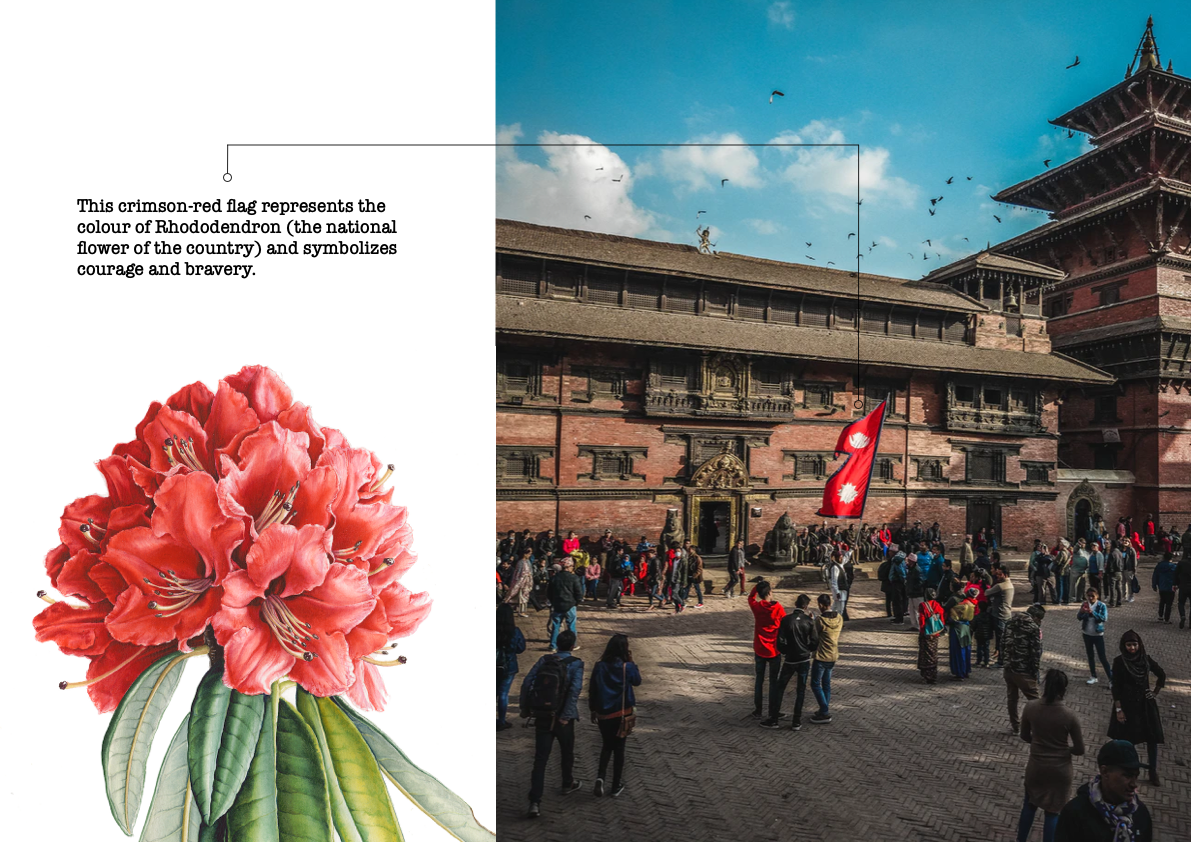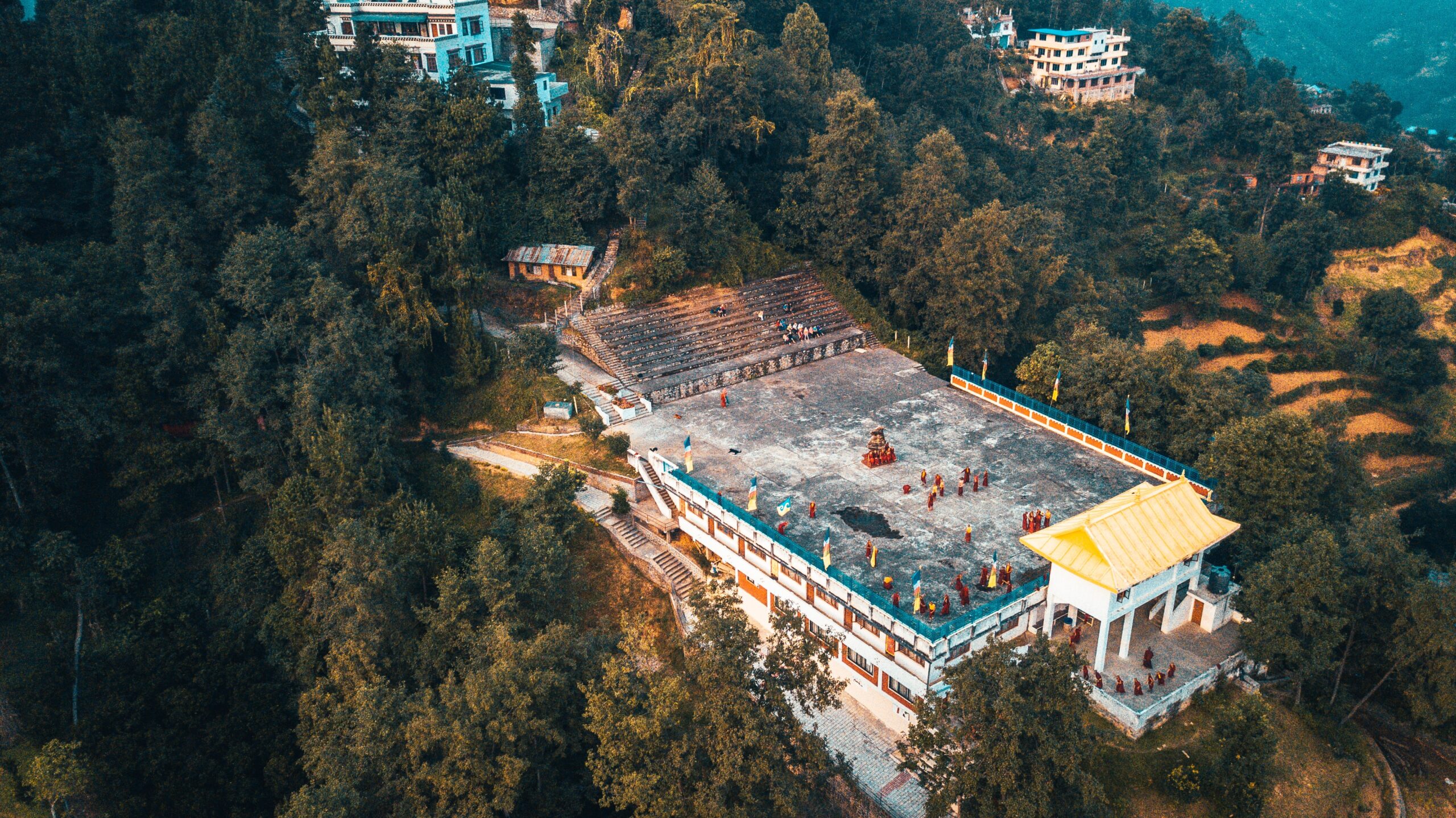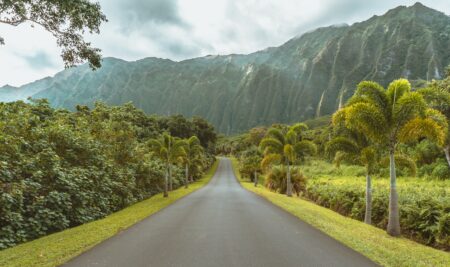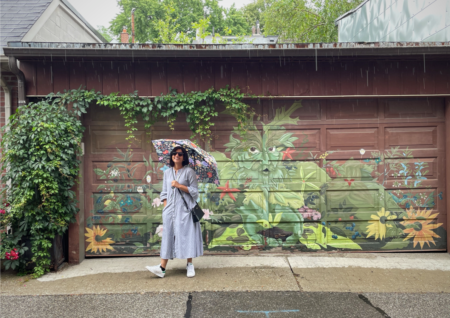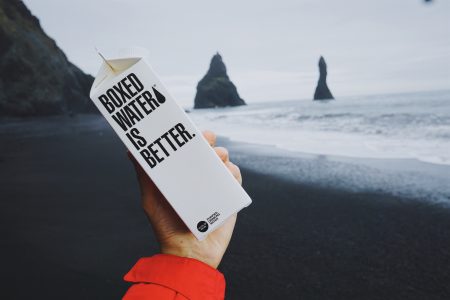“Fluttering prayer flags that symbolize the sky, air, fire, water, and earth. Chanting monks, and snow-capped mountains. A beast-like Yeti, that rests in the folklore of the Himalayan people. The Wisdom Eyes of the all-seeing Buddha. And trekking trails that call to the human wanderlust. Entering Nepal.”
A small and gorgeous landlocked country located in South Asia, Nepal is a storehouse of history and natural beauty. The country is surrounded by India in the south, west, and east; while the northern area is guarded by China. Spread over an area of 147,181 Km2 – Nepal has made its name heard as a center of Buddhism, a gateway to the mighty Himalayas, and as the second-richest country for water resources all over the world. It is a multilingual country with a number of ethnicities residing peacefully side by side throughout time.
In terms of travel, Nepal is one of the most beautiful trekking destinations in the world which provides an enriching experience to any traveller. Diverse landscapes like breathtaking glaciers, sprawling valleys, snaggy and snow-capped mountains, trekking routes of the Everest and Annapurna Base Camp, and the Manaslu Circuit Trek – Nepal is a place where time seems to have stopped.
So if you are planning to pack your trekking bags for this Himalayan Nation, here’s a list of a few things you would definitely want to know before you set out:
#1 – The fun flag story:
The national flag of Nepal is the only non-quadrilateral shaped flag across the world. The flag is made of two triangles which are said to represent the two religions of the country – Buddhism, and Hinduism. These triangles also represent the Himalayas that look over this country like a guardian. This crimson-red flag represents the colour of Rhododendron (the national flower of the country) and symbolizes courage and bravery.
#2 – The cultural norms:
The tradition of greeting in Nepal involves putting your palms together, bowing your head towards your palm, and saying “NAMASTE” or “NAMASKAR”.
As most of the elderly people of Nepal do not know how to speak English, it is a good idea to pick up a few basic Nepali phrases before traveling. Some of these phrases can be:
- “Dhanyabad” meaning Thank you
- “Maaph garnuhos” meaning Excuse me or Sorry
- To address someone a few important terms are Didi (for an older sister-figure), Dai (for an older brother-figure), Bahini (a younger sister-figure), Bhai (a younger brother-figure)
- If anyone greets you with “Timi lai kasto cha?” (How are you?), you can reply with “Malāī sancai cha. tapāī̃lāī ni?” (I am fine. How about you?)
- “Pheri bhetaunla” meaning Goodbye
It also must be mentioned that Nepal has a conservative society, and therefore wearing revealing clothes or any kind of physical intimacy in public is looked down upon by the locals. For a traveller, it is important to know these cultural facts and respect the social rules of the place accordingly.
#3 – Birthplace of Lord Buddha in Lumbini:
Buddhism, as a religion, has its roots in Nepal. With the numerous monasteries, a considerable Buddhist population, and the birthplace of the Great Buddha – the place is a pilgrimage of many people from around the globe. The Lumbini province of present-day Nepal was historically the birthplace of Prince Siddhartha. According to ancient Buddhist texts, this was the ancient kingdom of the Shakyas, the clan in which Siddhartha Gautama was born. (The prince – whose deep concern for the true fate of humanity led him to the path of salvation and to lay the foundation of the religion of Buddhism.)
#4 – The legend of the Yeti:
In the Himalayan and Sherpa folklore, the story of a giant ice monster has become synonymous with mystery and adventure in the mountains. Described as something similar to Bigfoot, the legends of Yeti have presented it as an ape-like creature, six to seven feet tall, covered in white fur, long dark hair walking on two legs. The stories have been spinning around local accounts, mountaineers who saw the creature in a snowstorm, and mysterious footprints. No one knows if this creature will ever show itself in broad daylight, but the “Abominable Snowman” of the Himalayas is a creature that is both respected, and feared by the people of the mountains to this day.
#5 – Nepal is not a Hindu country:
During the monarchy in Nepal, it was a Hindu country. In 2007 after the success of the People’s Movement 2006, Nepal was declared as a secular state. Though many people think of the state to be a Hindu country, on the contrary, it has a number of religions living in harmony. You can find 81.3% of the Nepalese are Hindu, 9.0% are Buddhist, 4.4% are Muslim, 3.0% are Kiratis (an ethnic-religious group), 1.4% are Christian, 0.1% are Sikhs, 0.1% are Jains and 0.7% following no religion or other religion.
#6 – Monasteries from the forgotten times:
Nepal is one of the oldest places in Asia, which means it is also home to a number of old architectural structures. Visitors who are not drawn to Nepal by its mountains, come here to witness its history and rich architectural styles. Nepal is internationally known as a Buddhist country and huge crowds are drawn to more than 1200 beautiful monasteries that are spread around the hilly areas. Some of the most important monasteries are located in the capital city of Kathmandu, although the monasteries are abundant everywhere.
The Kopan, Namobuddha, and Pema Namding Monasteries in Kathmandu, the Tengboche monastery in Solukumbhu, Matepani Gumba in Pokhra are just a few names that one should remember. With its link to Buddhism and Tibet, there is a mix of cultures present in its monasteries as well.
#7 – A front-row seat to the Himalayas:
The Nepalese “Himalayas” are the eastern section and the highest part of the Great Himalayan mountain ranges. Among the largest extent of the Himalayas, Everest at a height of 29,035 feet stands gloriously. Some of the highest peaks of the world – Kanchenjunga, Makalu, Dhaulagiri I, and Annapurna I – can all be viewed from all over Nepal. The grandeur of nature, covered year-round in snow is one of the greatest attractions for any tourist and trekker alike.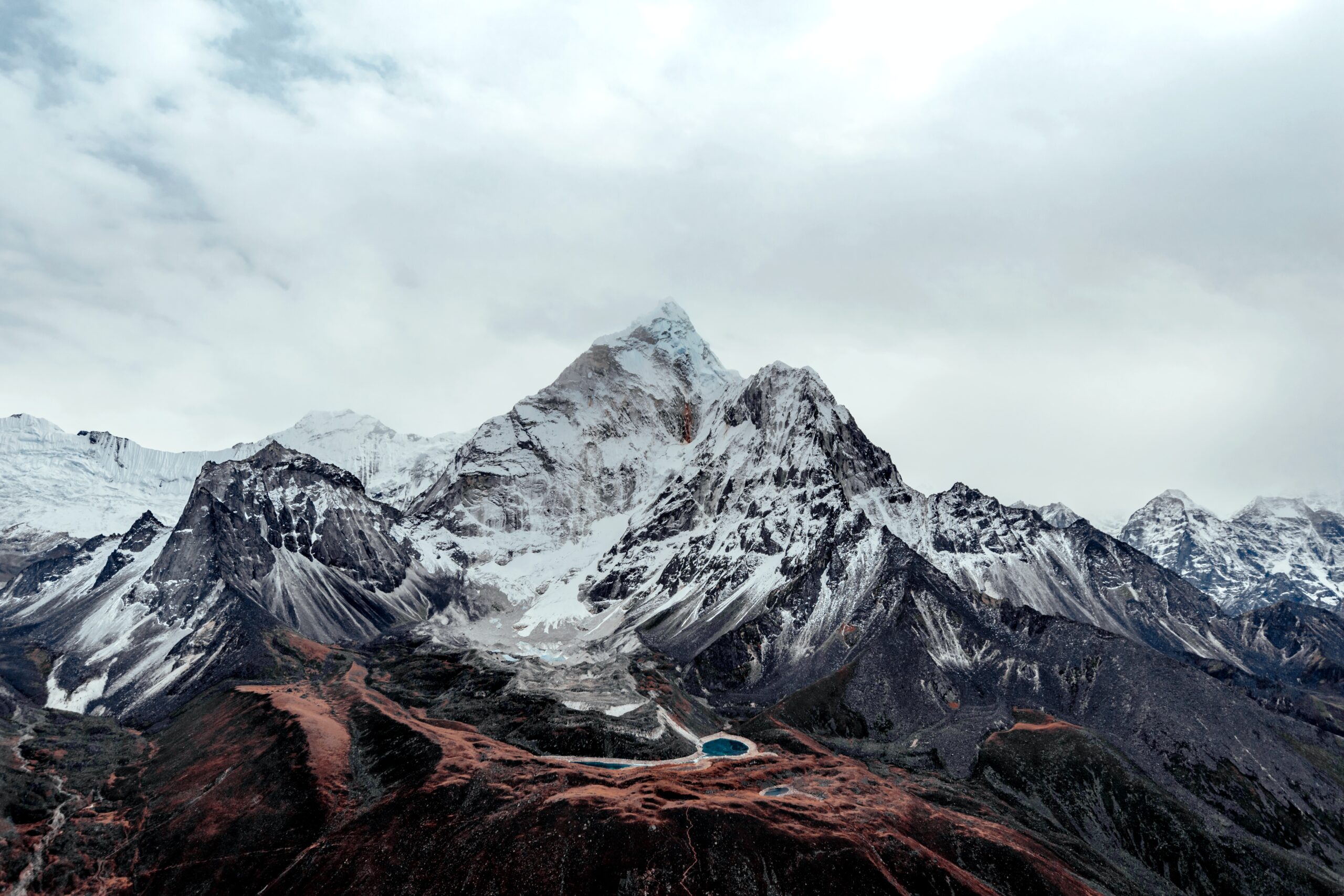 But when we talk of the Himalayas in the context of Nepal, it’s important to take their cultural significance into account. In a symbolic manner, the country is born at the foothills of these mountains. Therefore, the beliefs of the local communities, their faith, and culture are greatly influenced by them. These are therefore the sites for a number of local and religious festivals from ancient times.
But when we talk of the Himalayas in the context of Nepal, it’s important to take their cultural significance into account. In a symbolic manner, the country is born at the foothills of these mountains. Therefore, the beliefs of the local communities, their faith, and culture are greatly influenced by them. These are therefore the sites for a number of local and religious festivals from ancient times.
#8 – Currency and a few Visa rules:
The official currency of Nepal is called the Nepalese Rupee. It was introduced in 1932 and was initially called Mohru in Nepali.
Additionally, getting a Visa in Nepal is a fairly simple task. Travellers can get their visas in the airports themselves. The cost of a Nepal visa depending on the number of days is $25 for 15-days, $40 for 30-days, and $1000 for 90-days.
It should be noted that the SAARC Countries can get a 30-day free visa on arrival.
There are a number of records about travelers who fall in love with Nepal and extend their visas. If you happen to become one of those people, the few rules/requirements to be kept in mind:
- Visa extension forms are available online
- Print it and prepare a passport photocopy
- Passport size photograph
- Original passport
After arranging the above-mentioned documents, set off to the immigration office which can be done from Kathmandu or Pokhara. A quick interview and an estimated amount of $45 (for up to 15 days) later, you are welcome to stay in this beautiful little country for a few more days.
It is important to remember that there can be consequences of overstaying on a visa. There is a fine of $7 dollars applicable for each day after the visa expiry.
#9 – Sim Cards in Nepal:
Every country has its own set of rules for availing a Sim Card upon arrival. The main requirements to have a sim card in Nepal are – 2 copies of Passport and 2 auto-size photos. Ncell SIM Card provides a cost-effective 4G internet connection for 24 hours. Any place that provides a SIM, will provide details about the plans and services. Since a traveller cannot expect Wifi to be available everywhere on a trip, having a local SIM card is a good idea.
#10 – Nepal is a developing country as per the UN:
As per the United Nations, Nepal is one of the least developed countries in the world. The country’s per capita income was 1,000 USD in the 2017-18 fiscal year. The tourism sector is the largest industry in the country and annually this is what brings in the main income. As the industry is growing, there have been a number of changes in the face of the nation. However, when a traveler from a modern country travels here, it is difficult to find very high-end facilities and one must be prepared to seek accommodations in local homestays or rather simple hotels.
The list here is a little sneak-peek into the amazing country that Nepal is and a head-up for travellers who are planning their trips. The real way to find and discover Nepal is to travel there, have a trip through the valleys, monasteries, and mountains. Compared to many other locations, Nepal is an international trip that is easy on the pocket. Its offerings of nature and culture never fail to impress a visitor from any part of the world.
Authored by: Sarasi Ganguly | Artworks by: Ananya S R
